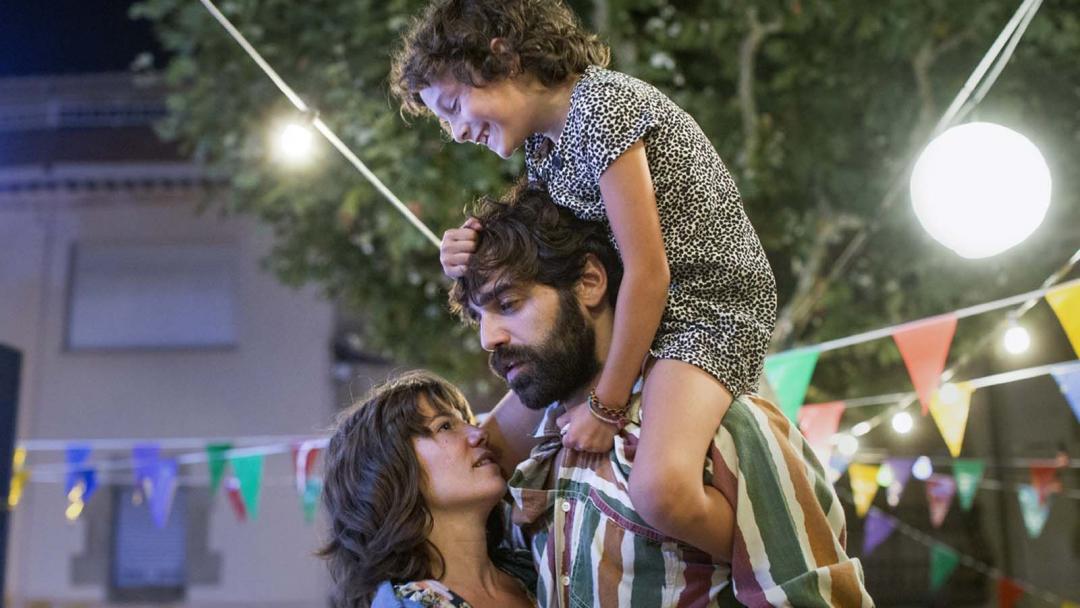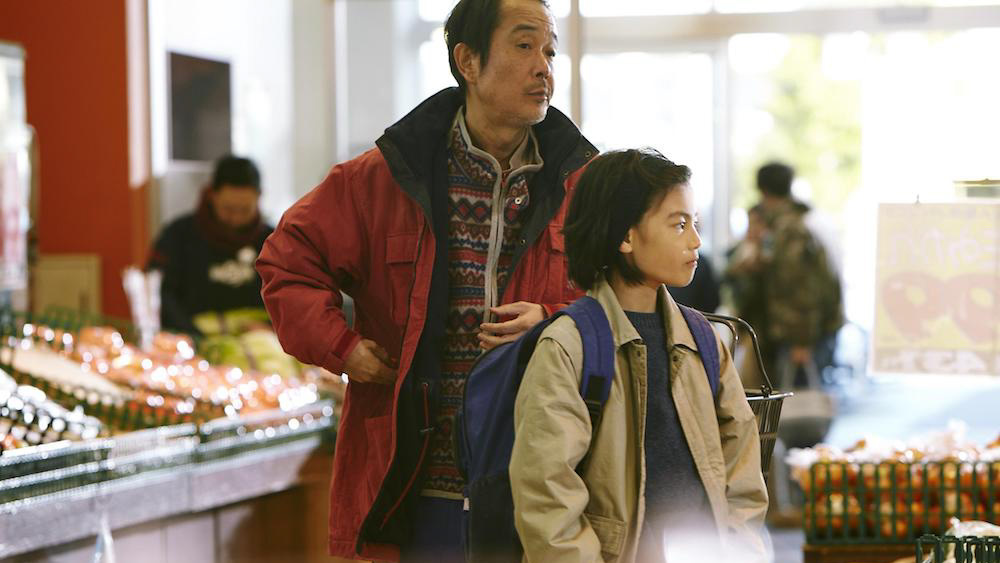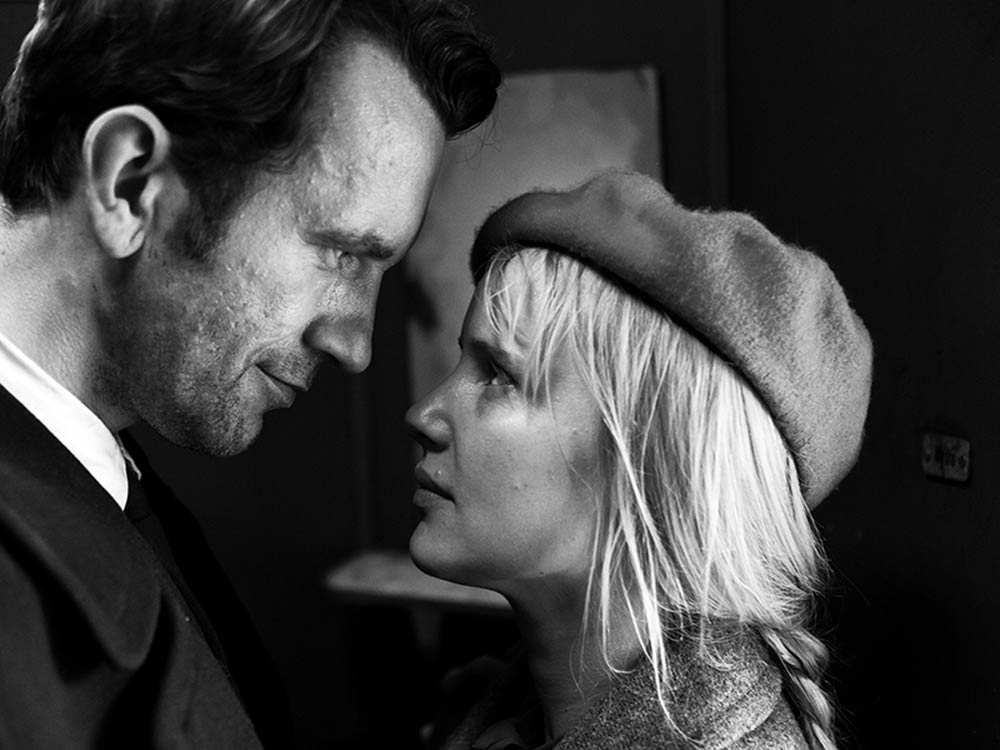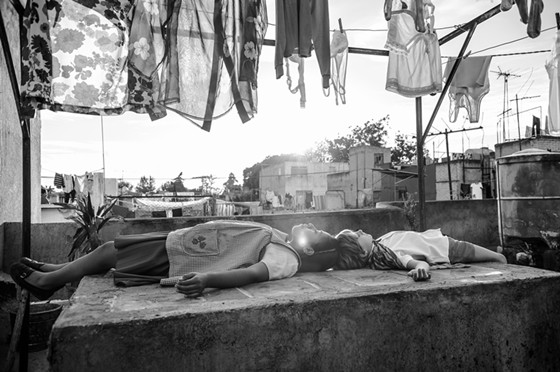5. Summer 1993

Carla Simón’s first feature film “Estiu 1993” tells the story of her own first summer, after her mother’s premature demise. Personal, sensitive and loyal to a stinging untold truth, this is a tale of real children and for real adults.
Frida is only six years old when her HIV positive mother gives in her fatal illness. The little girl moves in with her uncle’s family, somewhere in the Catalonian province. Although her new house lies in the middle of a fertile garden, her new parents are companionate and caring, and her new little sister Anna is a tender innocent child, Frida feels detached and unloved, seeking a sign of her mother’s existence in her new unexplored environment.
Glowing on young Laia Artigas’s exceptional performance and on the gentle surface of a raw honesty, “Estiu 1993” comprises a psychography of an injured childhood, as it caresses every flaw, unsaturated necessity, inherent query, and bleeding wound of its texturally delineated heroine.
4. Birds of Passage

Set at the ethnic gangland of Colombia from the 60s until the 80s, “Birds of Passage” is a thrilling, visually stunning epic spread over three decades, which recounts the days of the rise and fall of a local marijuana cartel. From the creators of the 2015 world-wide success “Embrace of the Serpent,” this is one of the previous year’s must-see films.
Deeply rooted and forcefully springing from Latin America’s archetypical culture, the story follows Raphayet, an old-school Colombian native who decides to be involved in the drug dealing network of his remote town. Being more and more immersed into the degenerative object of his corrupted environment, Raphayet and his family find themselves radically disoriented, until reaching the lowest point of their downturned way.
Colorful and dark, melodic and silent, intoxicating and painful, “Birds of Passage” is a tribute to an ancient culture in its full expression and extent, as it is a lament for its lost, self-abused children. Captured in the picture’s beauty and diffused in the story’s hurt core, a viewer’s memory could never dispose of the intense effect generated by these two outstanding cinematic hours.
3. Shoplifters

Hirokazu Koreeda’s “Shoplifters” stands for what we could call “a real drama of life.” It doesn’t exaggerate, justify, or condemn; it just observes, studies, and understands. In a dispersed, transparent melancholy that clothes every moment and every frame of this piece of art, and in a glorious sentimental stealth, Koreeda honors the sad fate and the audible compassion of his characters.
They live in the wet and grimy margins of their city. They trespass against the law, they steel, they even sell their bodies. This is the film’s bleary microcosm. What led them behind the scratched glass of their both detached and familiar sphere? Which toxic liquids fed them though the penetrable surface which delimits their criminal world and the world of the others? Are all these, marginalized human being made by different raw materials? Do they suffer, laugh and care?
Being deeply and eerily existential, “Shoplifters” is a crystal-clear cut along the fringe dimensions of modern societies. Its unparalleled contextual completeness and artistic beauty flow from its stunningly synthesized characters, as well as from the precise performance of a fluid, two-sided progression of morals and emotions.
2. Cold War

Pawel Pawlikowski’s attribution of his parents’ quintessential relation in a stunning, doleful and passionate cinematic land of music, pure love, betrayal and immigration offered us one of the most enchanting love stories in cinema history. His more than personal work of “Cold War” strikes every viewer with its outstanding visual beauty, as it flows over the masterfully crafted characters and settings that dominate it.
In a chilly, snow-covered city of Poland and during an even chillier cold war, Wiktor meets young Zula, as he carries out auditions for an ethnic choir. They fall in love— truly but not unconditionally. The hard years scatter their ways in various different directions. Meeting each other again and again throughout the years, they both realize that their hard and painful courses spin around the very same epicenter. But is this world adequate enough to host their love? Are their perishable minds and souls able to bear the weight of such a thick passion?
Climactically heading toward the cul-de-sac that fatefully completes every real-life drama of the eternal Romeo and Juliet, “Cold War” is a breathtaking fusion of every pure artistic ingredient. Every frame, every contrast of color and light, every note, every emotion that sparkles on its heroes’ expressions, and even the truth occurring behind all those, synthesize an addictive cinematic experience.
1. Roma

Thinking of Alfonso Cuarón’s career as a film director, from his first steps until “Gravity,” one would definitely be surprised by the occurrence of “Roma.” Paradoxically focused on its main character and projected on a slightly distant black-and-white canvas, this piece, in its inherent originality, seems to originate from another idealistic universe.
“Roma” tells the story of Cleo, a maid of a multi-child middle-class family in Mexico. Cleo’s fate is dedicated to a life of unconditional giving: She replaces an unstable mother who has collapsed under the ruins of her marriage; she tolerates every malady and misuse that the world kept for her, while she’s always ready to sacrifice herself for ones she loves.
Initially, you’ll perhaps observe the story’s bizarre environments and contacts in a mood of uninvolved curiosity. Progressively, Cleo’s loads will fall on your shoulders, until you find yourself completely devastated from her life’s sight. She was meant to clean all the dirt again and again. And although she used to climb on the roof every day, she could never touch the sky. The roof of that very building has the highest point for Cleo, as others traveled the skies in airplanes.
Inspired by Cuarón’s childhood years in Mexico, the relentless destiny of Cleo is a stochastic existential story that transparently criticized the socio-political framework in which it falls, while attempting a noticeable dive into the complex ocean of a female mind. Full of symbolisms and moments of unbowed sentimental austerity, this is the best work of the great Mexican director, as well as the best foreign film of 2018.